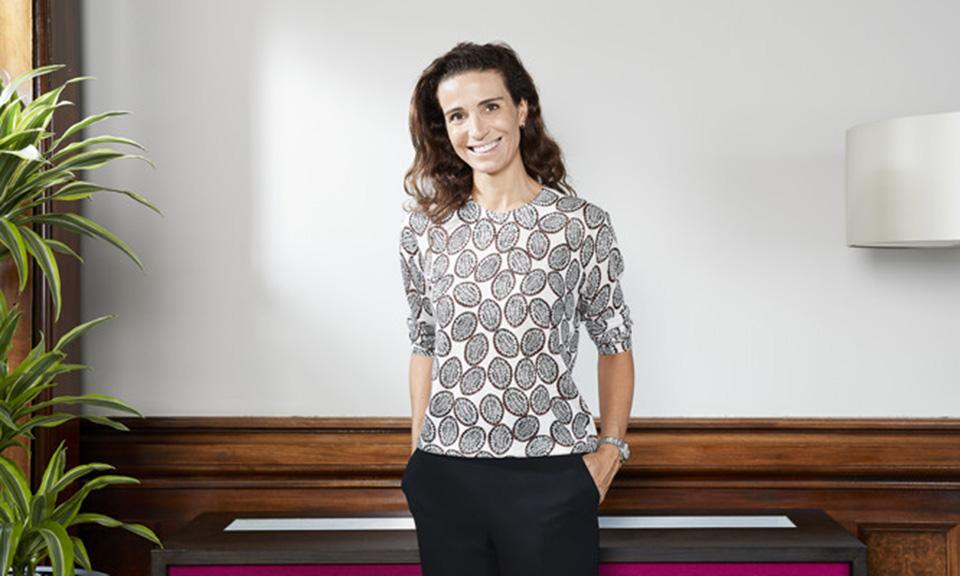
Facebook’s much discussed changes to its newsfeed will hurt smaller publishers while doing little to tackle fake news or the bubble effect
In January, Facebook implemented major changes to its newsfeed — the bedrock of its multibillion-dollar business. As announced by chief executive Mark Zuckerberg, posts from family and friends would now be more prominent than those from businesses, brands and the media.
“We’ve gotten feedback from our community that public content… is crowding out the personal moments that lead us to connect more with each other,” Zuckerberg wrote. He said Facebook had the responsibility to be good for people’s wellbeing; if public content is to be visible, it should encourage community interaction, not merely flag a product or service.
This is not the first time Facebook has announced a change to the way it organises what users see, so why did this change hit the headlines?
BAAD news
First, Facebook is today simply too big to ignore: worldwide, there are over 2.13 billion monthly active users and, together with Google, Facebook controls about 80 per cent of the digital advertising spend, which many see as an unhealthy dominant position.
44 per cent of adults in the US use Facebook for news reading
Indeed, Facebook is now sometimes referred to as one of the BAAD new-economy firms — big, anti-competitive, addictive, and destructive to democracy — and the target of constant scrutiny from regulators and activists, with some even proposing its nationalisation. Hence, any unilateral change Facebook announces will likely be received with suspicion.
Second, Facebook is increasingly important for news reading and public engagement, with 44 per cent of adults in the US using the site for news reading. My recent research published in Management Science shows Facebook generates traffic to news providers in a way far more important than previously thought, serving an important direct and indirect role in the conversion path to publishers.
For news organisations — which are already in structural decline, bleeding revenue and readers — Facebook’s change could indeed be very bad news. The site had already implemented important changes in six countries last year, moving posts from news providers out of the standard newsfeed in what was likely an early test for the January changes. Results from those countries, which included Serbia and Slovakia, were very telling, with some publishers observing a loss of traffic so significant that press associations accused Facebook of threatening democracy. These associations contended Facebook made access to a plurality of news sources harder and gave undue advantage to bigger and more powerful publishers that could afford to invest in paid posts and Facebook ads.
Together with Google, Facebook controls about 80 per cent of the digital advertising spend
The bubble effect
So why would Facebook risk further backlash by changing itself again, now at a global level? One possible reason is it fears it is losing its grip. Users are becoming less loyal, reporting an increase in the number of apps and platforms used, and opting to communicate via private group discussions and instant messaging services. Facebook might believe that, by returning to its original core positioning, it can distinguish itself from other platforms and better compete for users’ time and attention.
It is, however, unclear if user satisfaction will necessarily increase. Some analysts argue the recent changes could exacerbate the so-called “bubble effect”, i.e. the tendency of users to consume a limited variety of content and to be overly exposed to views similar to their own (because people tend to associate with those who think similarly to themselves). When it comes to content, the bubble might not breed user satisfaction and society might see it as an undesirable outcome.
Too slow
In addition, newsfeed changes may help circumvent a problem Facebook has been unable to effectively tackle: fake news. Facebook came under heavy criticism for failing to curb fake news on its platform during the 2016 US presidential election. Last September, the news brokethat politically-charged advertising on Facebook had been targeted at American voters and allegedly paid for by Russian players linked to the Kremlin. In February, special counsel Robert Mueller charged 13 Russians and three Russian organisations with meddling in the 2016 election, once again putting Facebook under public scrutiny because of its central role in the alleged interference by a foreign country in American politics.
These associations contended Facebook made access to a plurality of news sources harder and gave undue advantage to bigger and more powerful publishers
Facebook has admitted it was “too slow to recognise how bad actors were abusing [the] platform”. However, the task of moderating what is posted on the social network is enormous and costly. Facebook said it will be hiring 10,000 people in 2018 to work on safety and security, although some claim the efforts have drawn more attention to fake news rather than reducing it. Facebook might expect its newsfeed changes will limit the reach of fake news, but that is unlikely considering the staggering number of fake accounts that post and promote posts organically.
Attention to the changes is likely to continue. Market analysts are paying close attention because billions of dollars in advertising revenue are at stake. Although Facebook’s revenue has not been affected, rising to nearly $13 billion in January, the newsfeed change is already having a negative impact on user-attention. In the most recent quarter, Facebook said time spent on its network had fallen by five per cent – approximately 50 million hours every day – because of changes to promote a “higher quality experience”, of which the changes to the newsfeed is only one element.
Whether the changes are a winning proposition we are yet to discover. One thing we can be sure, however: Facebook is now so central and important in people’s lives that any move will surely be made under a demanding public eye.
This article draws on findings from the paper “Competitive vs. Complementary Effects in Online Social Networks and News Consumption: A Natural Experiment” by Catarina Sismeiro and Ammara Mahmood.


